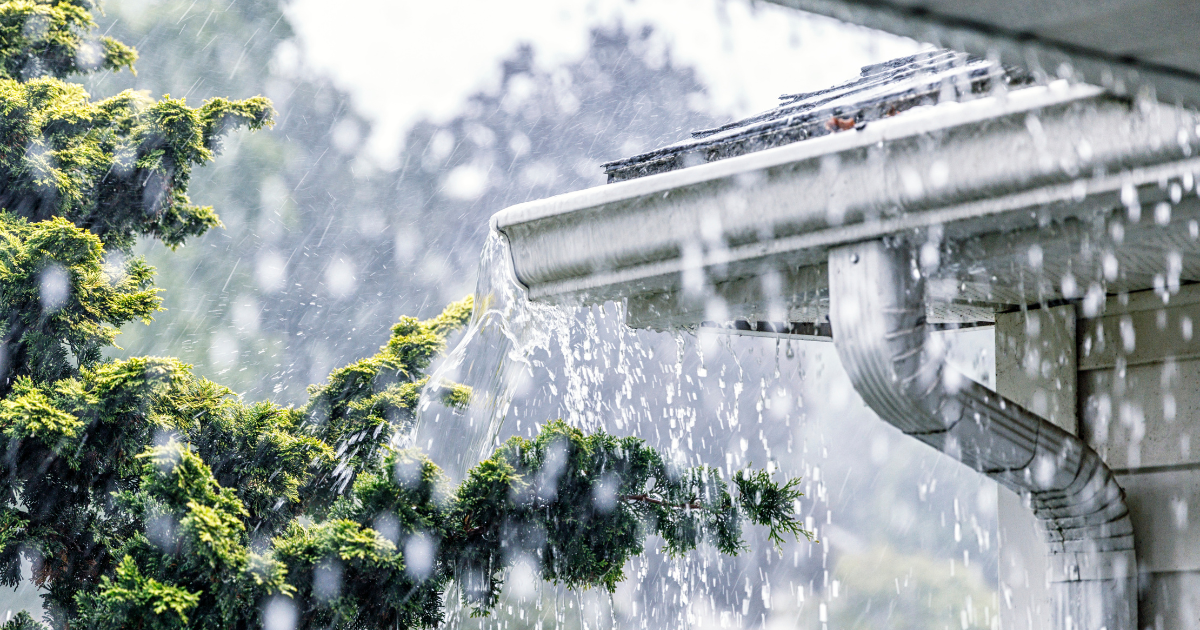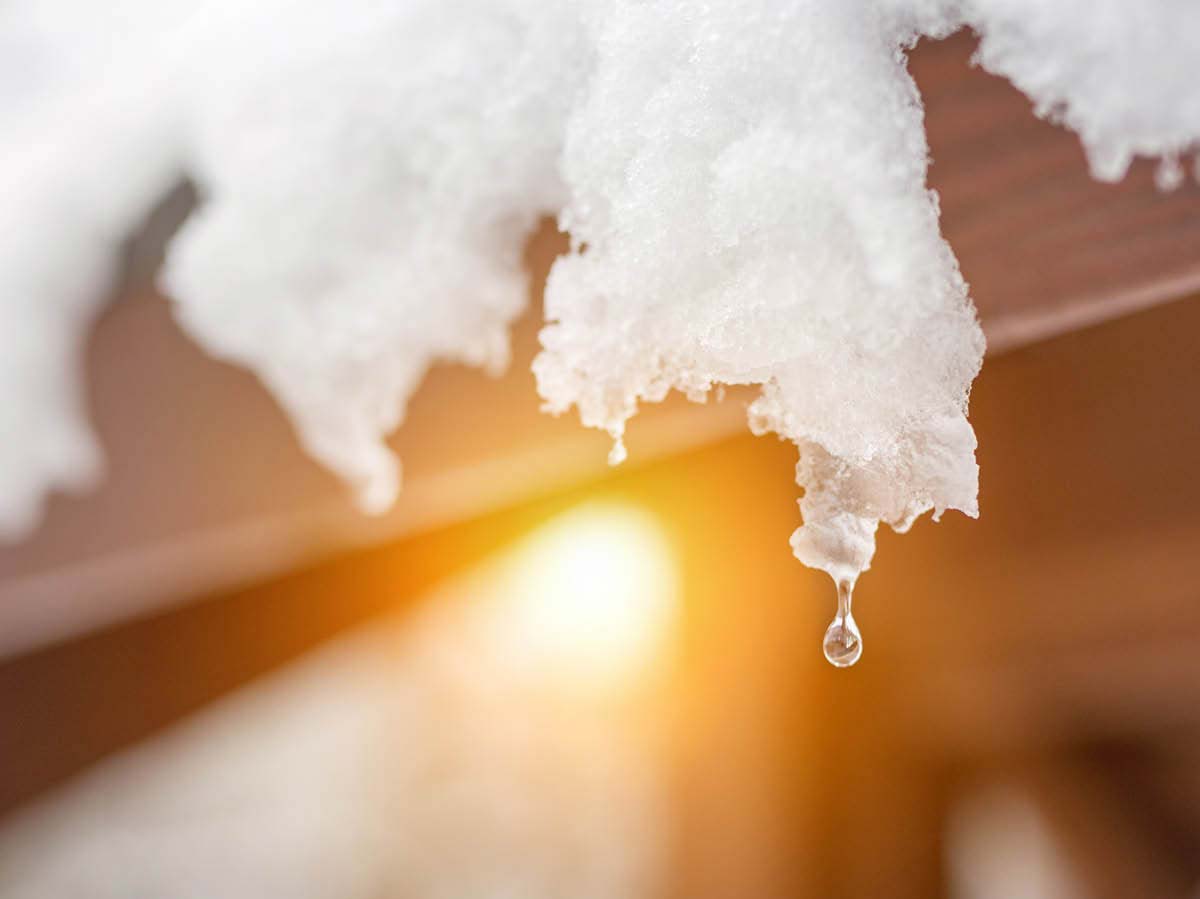
Take a good look around your property to make sure your home stays dry during this year’s spring showers and prevent water leaks.
Contributed By: The Personal
Ah, spring! The snow has its last hurrah and warmer days are back for good... or almost. Since spring also means rain, there’s unfortunately also a higher risk of water damage.
Roof
When temperatures rise and snow accumulation on the roof begins to melt, the risk of seepage rises as well. Take advantage of the warmer weather to check your roof and repair minor issues in order to prevent possible water leaks and damage.
- Examine the condition of the roofing materials for signs of wear and aging (missing or loose shingles, buckling, upturned corners, etc.).
- Make sure there is enough gravel to fully protect the layer of asphalt. Gravel prevents black surfaces from overheating and reflects ultraviolet rays, preventing premature damage to the membrane.
If your roof needs to be replaced, there are some shingle options that are more resistant to harsh weather changes – some high-performance shingles are resistant to winds of up to 220 km/h, others such as Class 4 shingles that can withstand hailstones of up to 2 inches in diameter.
Roof maintenance can be dangerous. If necessary, seek the help of a professional.

Gutters, Downspouts, and Drains
During winter, the weight of the ice and snow may have weakened your gutters, and they may be blocked by various debris. This is why spring maintenance is important. Here's what to do:
- Remove leaves that have accumulated in the gutters.
- Check that the gutters are securely attached.
- Pour water into the gutters to ensure that there are no leaks and the water is escaping down the drainpipe.
- Make sure the downspouts divert water as far away from the foundation.
Doors and Windows
Heavy rain can seep through any opening. That’s why you should do the following in the spring:
- Inspect the seals around doors and windows to make sure they are watertight.
- If needed, repair caulking and replace weatherstripping.
- Get rid of any debris from the window wells that could prevent water from properly draining away from them.
Foundation
Once the ground has thawed, it’s very important to check the foundation’s condition to identify any problems and prevent damage due to water leaks.
- Thoroughly inspect the foundation, both inside and out. Have a specialist repair any cracks immediately.
- Seek professional advice if there are signs of efflorescence (white deposits), seepage or localized humidity. This can mean a foundation drain malfunction (e.g. clogged drain).
Drain in front of the basement garage door
The accumulation of leaves or other debris can prevent the drain from working well. What should you do?
- Clear the grate of the drain in front of the door of any debris (e.g., leaves, ice, snow) in order to allow water to escape.
- Also clean the drain underneath the grate so that the drain is not obstructed.
- Move the gutter drainpipes that empty onto the slope of the garage entryway to prevent the drain from becoming overloaded.
Backwater valve to stop sewer back-up
The backwater valve is part of the plumbing system and is located in the basement. Its simple open-close flap does an important job: making sure the municipal sewage system doesn't back up into the drains. You'll need to clean it as part of your seasonal routine in order for it to work properly. Here's how:
- Remove the cover and unscrew the access plug (note: if you have a cast iron valve with a bolted cover, it's best to have a plumber do it).
- Make sure the flap opens and closes freely. Remove any debris and check the condition of the gasket.
- Replace the flap and make sure there's nothing preventing it from opening and closing.
- Screw the access plug back on tightly and replace the cover.
Your Property Insurance
These precautions will help you welcome spring and avoid unpleasant surprises. But, for peace of mind, it’s best to be properly insured as well. Find out about the insurance coverage available from The Personal.
Also find out about the different water damage protection systems and save on your insurance premium. Learn more about CDSPI Home Insurance.
* The CDSPI Home & Auto Insurance Program is underwritten by The Personal Insurance Company and distributed by CDSPI Advisory Services Inc.
The CDSPI Home & Auto Insurance Program is subject to certain conditions, limitations and exclusions. Products, services, savings and discounts are subject to eligibility conditions and may vary by jurisdiction. Rates and discounts are subject to change without notice. The CDSPI Home & Auto Insurance Program is not available to residents of Quebec. Auto insurance is not available to residents of Manitoba, Saskatchewan and British Columbia due to government-run plans. The terms and conditions of the coverages described are set out in the insurance policy, which always prevails.